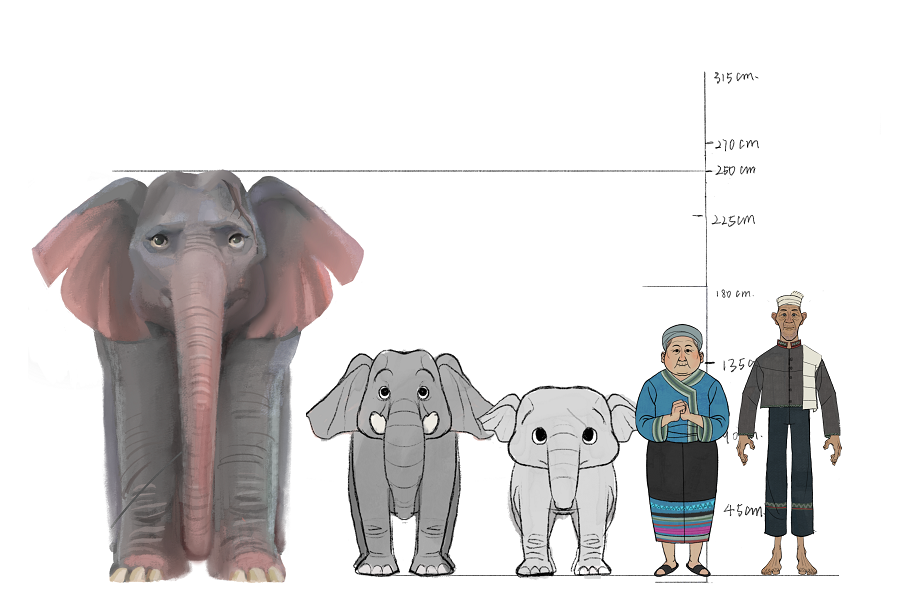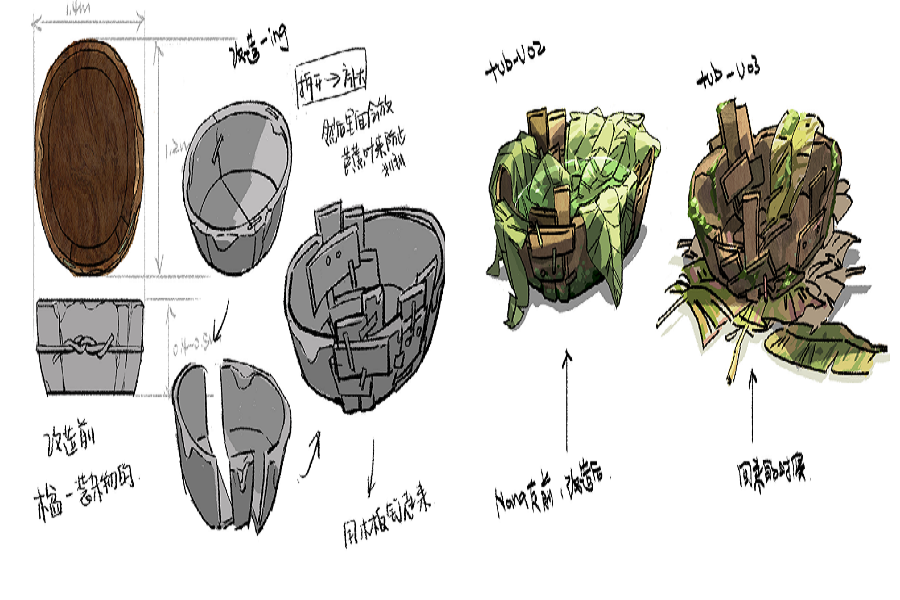Animating Elephants

The animated short Elegy of an Elephant was co-created by myself and five other students from the Communications University of China as our graduation project. It tells the story of Nana, an elephant saved by an old man when she was young. Years later, she senses the old man’s passing and leads her herd to bid him farewell.
In April 2023, Elegy of an Elephant won the Tricks for Kids Award at the 30th Stuttgart International Festival of Animated Film in Germany. It was the only Asian work to win an award in the film competition at the festival.
Elephants' Northbound Journey
The film was inspired by an Asian elephant herd’s northbound journey in the summer of 2021. Back then, videos of a herd of elephants migrating north from Xishuangbanna Nature Reserve in China’s Yunnan Province went viral online alongside the “chase the elephants” craze. Everyone loved seeing the adorable baby elephants, and people were intrigued about the reasons behind the migration.
After further research, we learned that in 2018, a herd of elephants migrated from their habitat in South Africa. This group of elephants had almost fallen victim to poaching, but with the help of Lawrence Anthony, the author of The Elephant Whisperer, they were able to escape danger and return to nature. Thirteen years later, when Anthony passed away, the elephants came from afar to bid him farewell with long, mournful cries. We were deeply moved by the story and gained considerable respect for the spirituality and dignity of elephants.
Then, we came up with an idea to film Elegy of an Elephant set in Yunnan Province by blending the two stories.

Some sketches of the characters from the animated short Elegy of an Elephant, including the elephant named Nana and the grandparents from the Dai ethnic group.
Conflict or Harmony
At first, we faced a crucial choice when brainstorming the script: Should we present the conflict or the harmony between humans and elephants?
We reviewed documentaries related to Asian elephants and determined that human-elephant conflict was the most common topic. Initially, we sought to portray the elephant herd’s journey from an objective perspective and incorporate more human-elephant conflict to dramatize and highlight the ultimate harmony. But we soon realized that doing so would not work in a short film because there is so little time for characterization. It could inspire audience reflection, but evoking empathy would be even more difficult. Consequently, we re-adjusted the balance between “conflict” and “harmony” to focus instead on the theme of “an emotional connection beyond species and across time between humans and elephants.”

Some sketches of the elements from the animated short Elegy of an Elephant, including the Sambucus javanica, bathtubs, and bamboo buildings.
Visual Exploration
When we chose Yunnan as the setting, we wanted to integrate the province’s local ethnic customs and elements into the film. We designed the grandpa and the grandma in the film as characters from the Dai ethnic group. Then, we thoroughly studied Dai clothes, bamboo buildings, daily utensils, and funeral customs, striving to recreate convincing scenes. For the interactions between the baby elephant Nana and the grandpa, we added some memorable props such as banana leaves, bathtubs, white flowers, and baby elephant bells. The white flowers were based on the plant called Sambucus javanica, which was used in the movie to heal the baby elephant’s wounds and was materialized to signify the emotional connection between Nana and the grandpa.
The film includes both past and present timelines. To better the audience’s understanding and create a touching atmosphere, we differentiated images’ texture accordingly: We added illustrated sketches and slightly reduced saturation to create a hazy atmosphere for the past timeline. We added defected lenses, digital noise, and other elements to simulate digital photography for the present timeline. We also spent a lot of time researching Asian elephants’ physical structure, skin texture, and movements. Only then did we finally create the lively and agile baby elephant and the majestic adult elephant.
The English word “animate” means to give life, which is the most charming aspect of animation creation. Looking back at our year-long journey to produce the animated short, I felt most impressed when seeing Nana start to run. I was overjoyed and moved as if I were witnessing her come to life.
At the Stuttgart International Festival of Animated Film, the final sentence in the evaluation of Elegy of an Elephant by the children’s jury left a deep impression on me: “We find it remarkable that the film is almost completely without dialogue and that the message can be understood all over the world.” This made me believe that animation can transcend language and cultural differences thanks to animators’ labor of love.